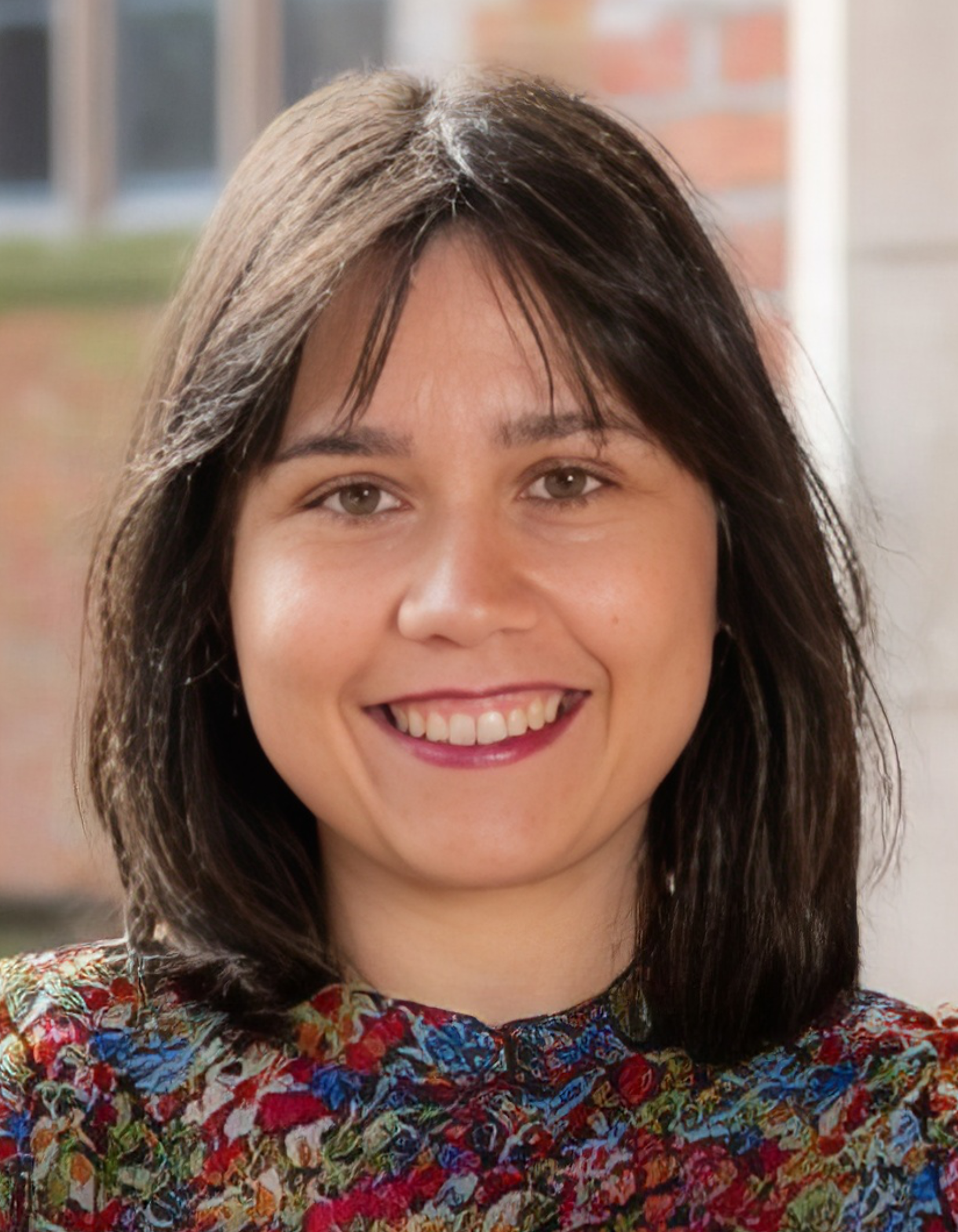Maria Garcia-Fernandez

Maria Garcia-Fernandez received the BSc, MSc and PhD degrees in Telecommunication Engineering from University of Oviedo (Spain) in 2014, 2016 and 2019, and the BSc in Mathematics from National University of Education at Distance – UNED (Spain) in 2023. She was also a Visiting Student at Stanford University (Palo Alto, CA, USA) in 2013 and 2014. From 2013 to 2022 she was with the Signal Theory and Communications Research Group, TSC-UNIOVI, University of Oviedo. In 2022, she joined Queen’s University Belfast (United Kingdom), where she is currently a MSCA Research Fellow at the Centre for Wireless Innovation. She was also a Visiting Scholar with the Gordon Center for Subsurface Sensing and Imaging Systems, Northeastern University (Boston, MA, USA) in 2018, and a Visiting Researcher with the Radar Department of TNO (The Hague, The Netherlands) in 2019.
At the beginning of her scientific career, she worked on optimization techniques for electromagnetic imaging, and since 2015, she has been promoting a new research line focused on radar systems on board drones for subsurface imaging. Later, she also promoted the development of antenna measurement systems on board drones, coining the term of ‘beyond-the-visible’ applications with drones. In 2022 she started working on computational imaging, a novel radar paradigm based on compressive sensing theory.
Her current research interests include radar systems, computational imaging, inverse scattering, remote sensing, antenna measurement and diagnostics, and non-invasive measurement systems on board unmanned aerial vehicles. She has authored more than 60 peer-reviewed journal and conference papers, and she holds two patents. She has also received several awards, such as the best student paper award in EuCAP 2019, two Galileo Masters Awards in 2019 (sponsored by the European Commission) and one National Award to the Best PhD Thesis on Telecommunication Engineering in Spain in 2020.
UAV-mounted GPR-SAR systems: a key technology for detecting buried explosive threats
Radar technology plays an important role in our daily lives with applications ranging from security screening for ensuring the safety of the public to structural health monitoring to name a few. In the field of subsurface sensing, Ground Penetrating Radar (GPR) is a key technology for detecting buried explosive threats, such as landmines and Improvised Explosive Devices (IEDs). The talk will be focused on GPR systems mounted on board Unmanned Aerial Vehicles (UAVs), leveraging the Synthetic Aperture Radar (SAR) paradigm to provide high-resolution radar images of the subsurface. This kind of systems brings together the advantages of UAVs (e.g., enabling the inspection of difficult-to-access areas without interacting with the soil) and the capability of radar systems to detect buried targets. In this talk, several prototypes of UAV-mounted GPR-SAR systems tested in realistic scenarios will be presented, showing their success to detect buried threats in realistic scenarios. The current challenges and future trends of this technology will be also discussed.
